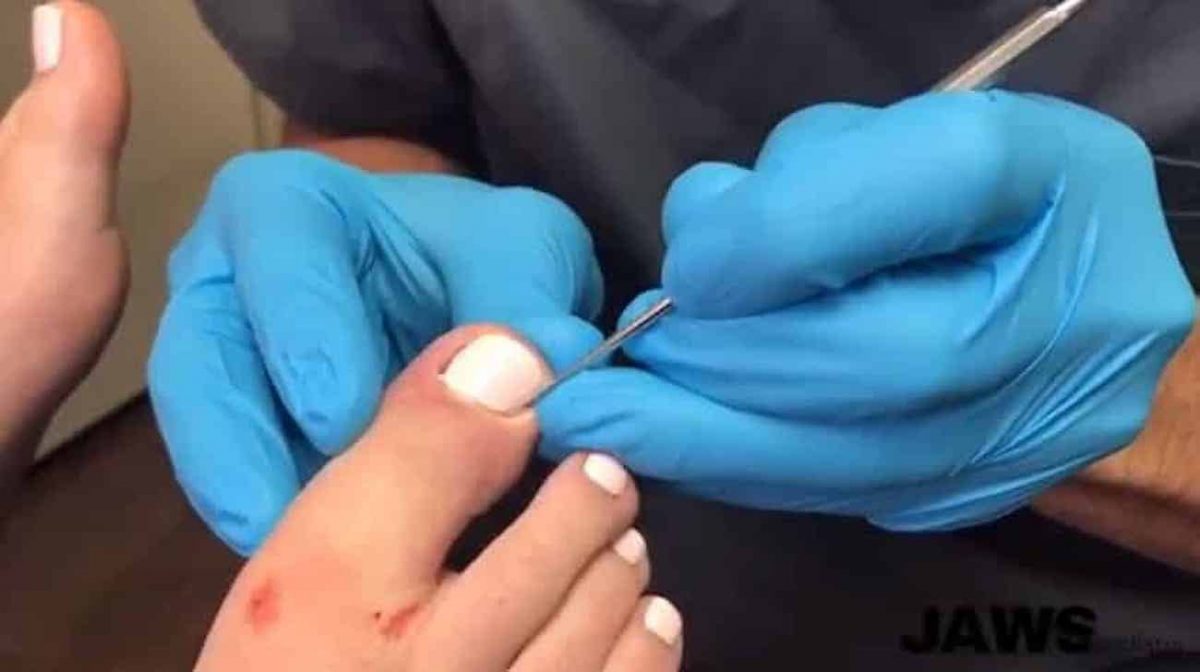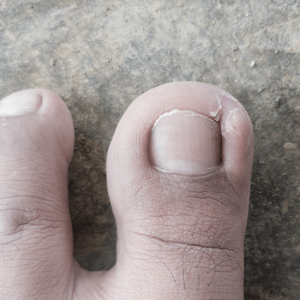
Wart and ingrown toenail removal are two common surgical procedures performed to alleviate discomfort and resolve persistent foot problems.
While both conditions can be painful and interfere with daily activities, the surgical approaches to their removal differ significantly.
What Is Involved With Wart Removal Surgery?
Wart removal surgery is typically recommended when other treatment methods, such as topical medications or cryotherapy, have proven ineffective.
The surgical procedure involves excising the wart from the skin using a scalpel or laser.
Local anesthesia is administered to numb the area, ensuring a painless experience for the patient.
The surgeon carefully removes the wart, taking care to eliminate any viral particles that may lead to recurrence.
Depending on the size and location of the wart, stitches may be required to close the wound.
After the procedure, the patient is advised to keep the area clean and protected to prevent infection and aid in proper healing.
What’s Involved With Ingrown Toenail Removal Surgery?
On the other hand, ingrown toenail removal is performed to treat a condition where the edge of the toenail grows into the surrounding skin, causing pain, redness, swelling, and potential infection.

Initially, conservative treatments like soaking the foot in warm water and applying antibiotic ointment may be attempted.
However, if the problem persists or becomes severe, surgical intervention may be necessary.
The surgical procedure for ingrown toenail removal involves the partial or complete removal of the affected toenail.
Similar to wart removal, local anesthesia is administered to numb the toe before the procedure begins.
The surgeon carefully trims or removes the ingrown portion of the toenail, ensuring that it no longer irritates the surrounding skin.
Depending on the severity of the condition, the nail bed may be treated with chemicals to prevent regrowth.
Following the surgery, the patient is advised on proper foot care to prevent future ingrown toenails.
Yes, They Are Both Typically Out-Patient Procedures
Both wart and ingrown toenail removal surgeries are typically outpatient procedures performed in a medical office or clinic.
They are relatively quick and low-risk surgeries, with minimal downtime.
However, it is important to follow the post-operative instructions we provide to promote proper healing and reduce the risk of complications.
If you are experiencing persistent warts or an ingrown toenail that causes significant pain or affects your daily activities, it is advisable to consult with a qualified podiatrist or foot specialist.
As with most patients, we can assess your condition, recommend appropriate treatment options, and perform surgical procedures if necessary.
Remember, early intervention and proper care can help alleviate discomfort and prevent further complications in the future.
***This video may contain podiatric surgical and/or procedural content. The content seen in this video is provided only for medical education purposes and is not intended to be a substitute for professional medical advice, diagnosis, or treatment.***
Suffering From Warts Or Ingrown Toenails? Call Us Today!
If you are experiencing ongoing pain or discomfort from an ingrown toenail, our experienced and skilled podiatrists at JAWS Podiatry can help.
We offer the highest degree of care in a welcoming, comfortable environment.
To undergo a medical evaluation of your ankle trauma, contact us at 954-922-7333 or send us a message for more information on our services.
- The Life-Changing Power of Cosmetic Foot Surgery - February 27, 2023
- What Are The Most Common Pediatric Foot Conditions? - October 5, 2020
- 4 Important Things To Know Before Having Foot Surgery - September 21, 2020



